Flail chest or flail thoracic segment implies paradoxical motion of a segment of chest wall during respiration due to multiple rib fractures.
On this page:
Definitions
Definitions vary between radiologists and clinicians, noting that a flail chest is specifically a clinical diagnosis. Radiologists apply the term radiological flail when three or more contiguous ribs are fractured in two or more places. Any chest wall segment that demonstrates paradoxical movement during respiration is called a clinical flail. This may be continuous or intermittent and affected by the difficulty experienced by the patient during breathing (e.g. uncontrolled pain) and degree of ventilatory support.
A clinical flail segment therefore can occur outside the radiological flail definition, e.g. involving a segment of only one or two ribs with multiple fractures. This is typically the case when the ribs fractures are significantly displaced. Costal cartilage fractures, costochondral dislocations, costotransverse fractures and costovertebral dislocations can all contribute to a clinical flail segment.
Bilateral anterior rib or costal cartilage fractures can give rise to a flail sternum, often associated with concomitant sternal fractures and/or sternomanubrial dislocation.
Rarely the flail segment of the chest wall may progressively collapse inwards, causing a stove-in chest which is associated with even greater morbidity and mortality than flail chest alone 7.
Clinical presentation
Ventilatory difficulty following trauma with paradoxical movement of the flail segment; occasionally clinically occult 4,5.
Pathology
A flail chest is a marker for chest trauma severity and is commonly associated with other thoracic injuries which can contribute to respiratory insufficiency, such as 1,2,5:
Etiology
Flail chest is most commonly caused by high-impact blunt thoracic trauma and severe anteroposterior compression which is typically the result of motor vehicle accidents, blast injuries or crush injuries 5.
Radiographic features
Plain radiograph and CT
A chest x-ray is less sensitive than CT for the diagnosis of flail segments 4:
≥3 adjacent ribs with segmental fractures and/or >5 adjacent rib fractures
1st rib fractures are a marker of severe chest trauma. as this rib is protected by the clavicle and scapula. First rib fractures are associated with a 10% incidence of aortic transection and a 2% incidence of a bronchial tear
costal hook sign on a chest radiograph: elephant trunk-shaped ribs owing to rotation of segmental fractures
Treatment and prognosis
Non-invasive positive pressure ventilation through a well-fitting mask with oxygen supplementation is often sufficient and has fewer iatrogenic complications. Atelectasis, pneumonia and ARDS are common complications.
Patients who undergo mechanical ventilation and surgical fixation have higher morbidity and mortality rates.
Differential diagnosis
rib fracture(s) without flail segment



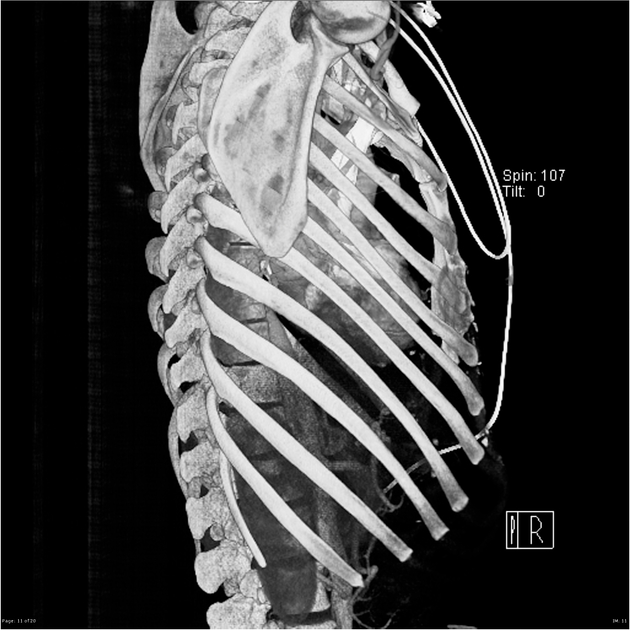
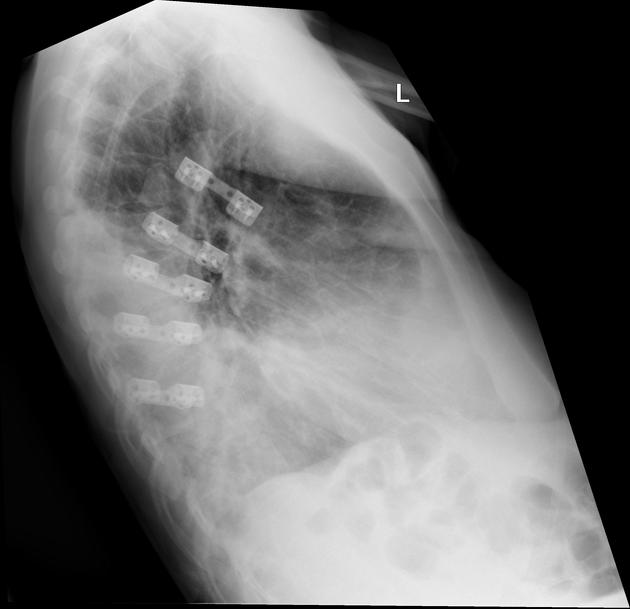
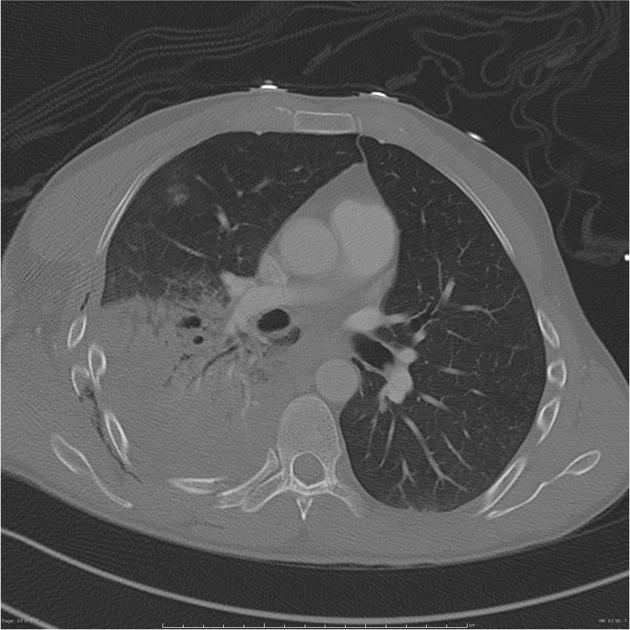

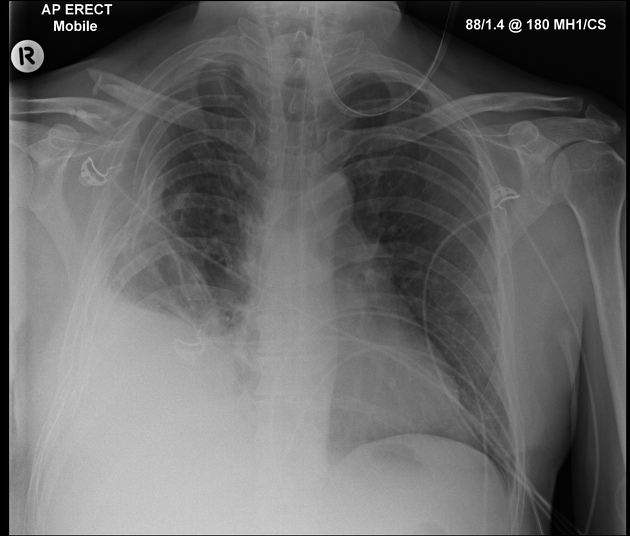


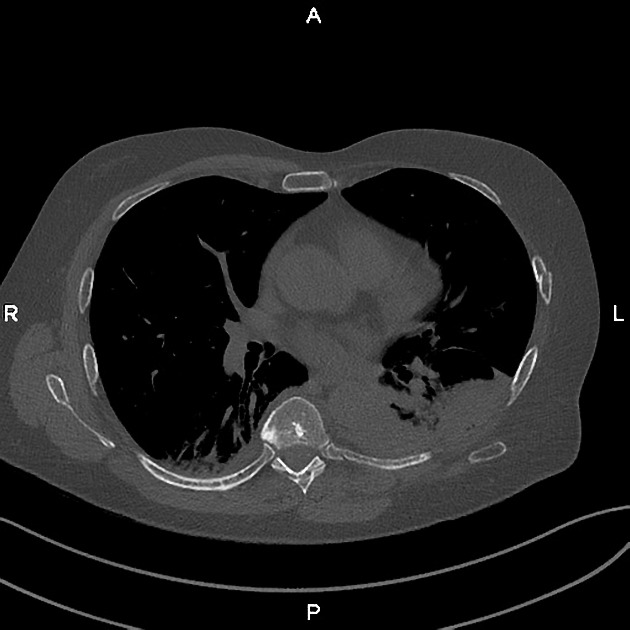
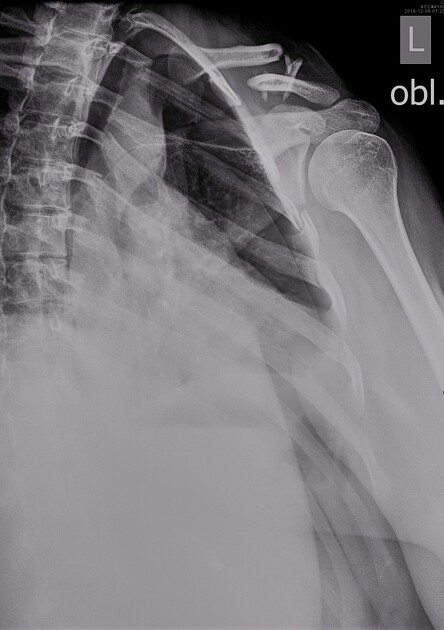


 Unable to process the form. Check for errors and try again.
Unable to process the form. Check for errors and try again.